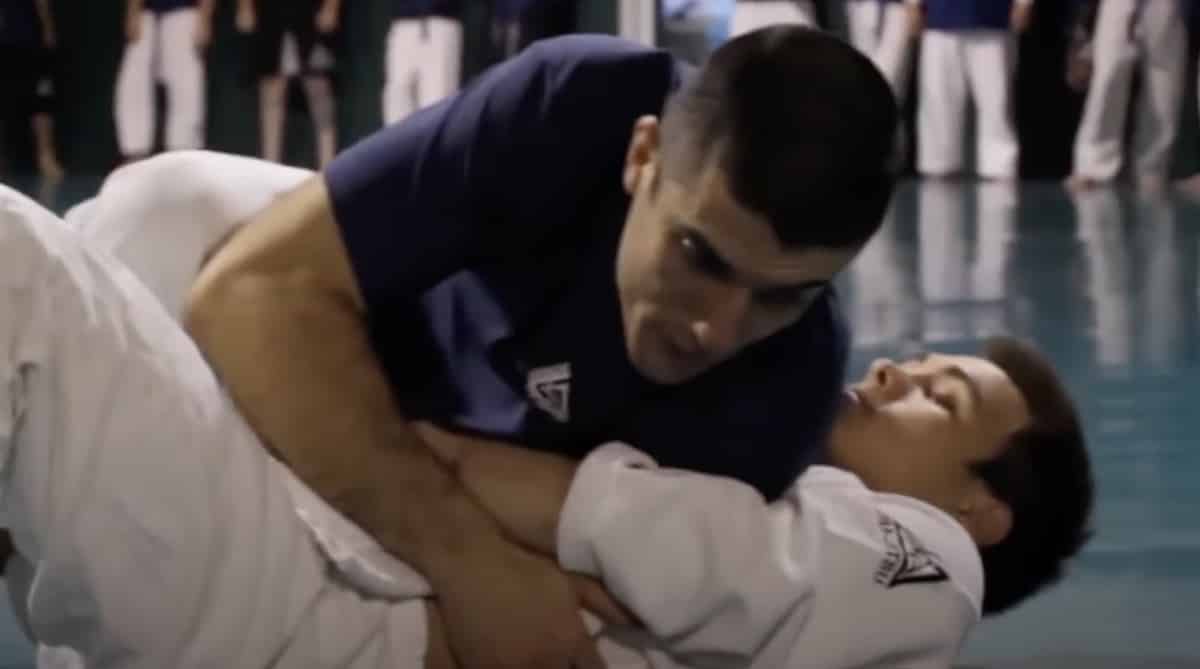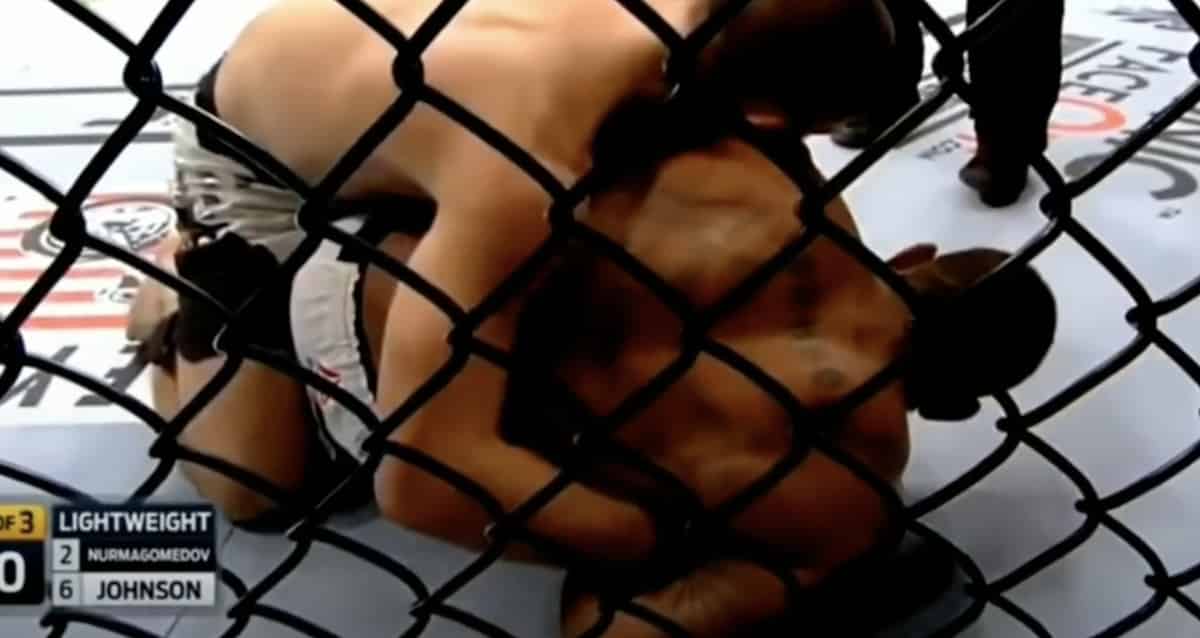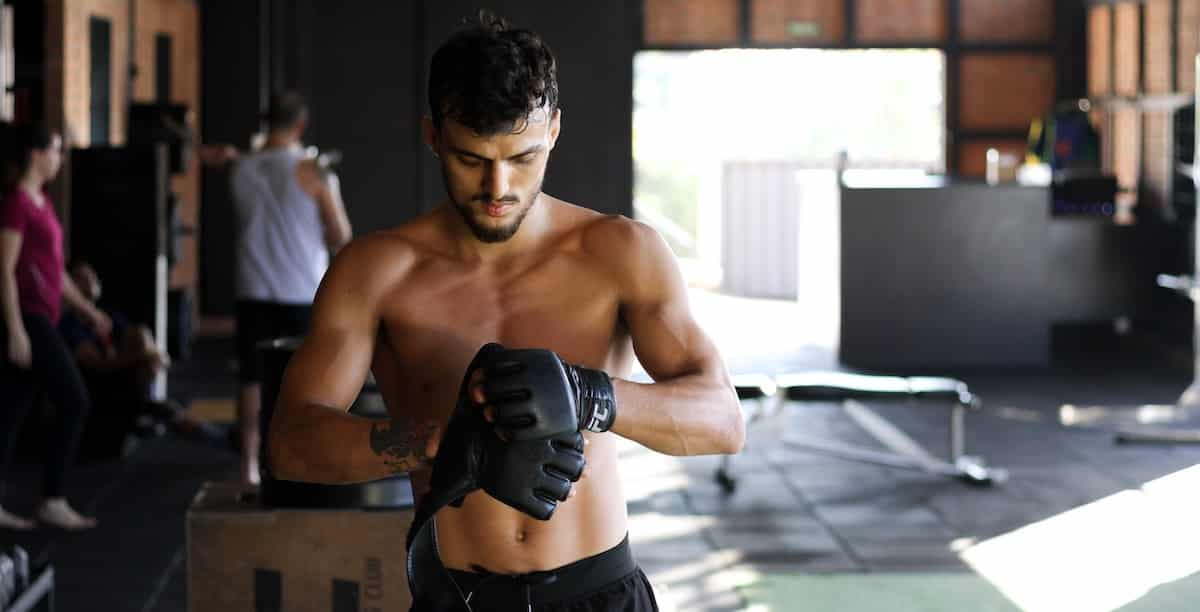
Brazilian Jiu Jitsu wasn’t the only grappling martial art to be developed within Brazil. Luta Livre, which is often overshadowed by BJJ, has a rich history of its own.
A rich history that unfortunately many that practice grappling aren’t aware of. Here is the complete story of Luta Livre and how it has influenced modern No-Gi and MMA.
We’ll go through what Luta Livre is, who created it, and list some of the best Luta Livre fighters. Also detail the martial arts rivalry with BJJ that at times turned violent.
What is Luta Livre?
Luta Livre is a form of submission grappling that was developed in the 1930s in Brazil. It is a mix of catch wrestling, Judo, and Pankration techniques.
The name Luta Livre in Portuguese translates to “free fighting” and basically is an early form of No-Gi Jiu Jitsu. Much of the training you would see in a Luta Livre school 60 years ago looks exactly like a modern No-Gi class.
What are the differences between Luta Livre and BJJ?
While both Luta Livre and BJJ are grappling martial arts with emphasis on ground fighting, they do have two glaring differences. Those being ideological differences and of course the training attire.
Traditional BJJ trains in a kimono or Gi and is used in many of the techniques. Luta Livre is No-Gi, where you only train in shorts.
Ideologically, the two martial arts have very different approaches to grappling. Jiu Jitsu is more guard based along with using the Gi, while Luta Livre is more wrestling based.
The objective in Luta Livre is to get the takedown, stay on top, and lock on a submission. Leg locks are also more frequently used in this martial art, while they’re frowned upon in BJJ.
Luta Livre ranking system
In Luta Livre, there is a belt ranking system similar to BJJ, but is slightly different. Belts are divided between beginner, intermediate, and advanced.
Beginner
- White
- Yellow
- Orange
Intermediate
- Blue
Advanced
- Purple
- Brown
- Black
Who created Luta Livre?
Luta Livre was created by Euclydes “Tatu” Hatem. Tatu (armadillo) as he was nicknamed for his stocky, yet wide and muscular frame was a born athlete.
After attempting to be a competitive rower, he took up learning catch wrestling to stay active and learn self defense. He took classes at the Associação de Cristã de Moços in Rio de Janeiro.
His teacher was a pioneer of catch wrestling in Brazil named Orlando Americo “Dudu” da Silva. A famed fighter at the time that once beat Geo Omori, one of the original Judokas that came to Brazil.
During the 1930s and 1940s, Hatem fought professionally, participating in various luta livre and wrestling competitions. He fought a wide variety of fighters with backgrounds in wrestling, Jiu Jitsu, and Judo.
Most notable submitting the Gracie brothers’ cousin George Gracie and a series of matches with Takeo Yano. Also in one of his last professional matches beating a superheavyweight Russian wrestler Leon Falkenstein nicknamed the “man mountain.”
Once he retired in the 1950s, Tatu opened his own school and began teaching Luta Livre. He would teach at his school for nearly 30 years before passing away in 1984.
Notable Luta Livre fighters
There have been numerous famous fighters with a background in Luta Livre. Here are some of the most notable Luta Livre fighters of all time.
Euclydes Hatem
Hatem, the creator of Luta Livre, had a 2 decade fight career in various forms of fighting. Winning a wide variety of championships in different styles, which makes him one of the most accomplished Brazilian fighters ever.
Euclides Pereira
Euclides Pereira was a famous Luta Livre practitioner that fought in Luta Livre competitions for 25 years. Nicknamed “O Diabo Ouro”(The Blonde Devil), Pereira fought in over 300 Vale Tudo fights against the best of the era. Including Carlson Gracie, Waldo Santana, Waldemar Santana, Ivan Gomes, and Rei Zulu.
Marco Ruas
Marco Ruas was a student of Tatu Hatem and fought in a variety of Vale Tudo fights during his career. Most notably winning the UFC 7 tournament and having a stint in the Pride Fighting Championship.
Renato Sobral
UFC and Strikeforce veteran Renato “Babalu” Sobral was a Brazilian wrestling champion before learning Luta Livre under Marco Ruas. Babalu went 37-12 in his career and won the Strikeforce Light-Heavyweight Championship.
Luta Livre vs BJJ
Since Luta Livre and BJJ were developing around the same time, a rivalry sort of grew between the two. A rivalry that would sometimes turn violent.
Their rivalry stems from many things that were more than just Jiu Jitsu vs submission wrestling. Here are some of the reasons behind why the rivalry developed.
A clash between social classes
From a glance, the rivalry would seem to stem from two grappling arts with different methods of teaching. The rivalry actually goes deeper than that and it’s actually a battle between social classes.
Brazilian Jiu Jitsu during the 19th century was practiced more by the upper class of Brazilian society. The Gis were expensive and so were the monthly dues for Jiu Jitsu classes.
Luta Livre was practiced more by the middle to lower class within Brazil. It was more affordable and all you needed to train was a pair of shorts.
Under the surface of the rivalry, there was always a bitterness that Luta Livre practitioners held against BJJ practitioners.
Early years of the rivalry
During the early years, there was a rivalry between the two grappling styles, but it was more or less respectful. Tatu beat a few Jiu Jitsu practitioners during his fighting career, which included George Gracie.
Then from the 1950s to 1970s, there really wasn’t any violent hostility between the two styles. One high profile fight between the two sides would take place in 1968 between Euclides Pereira and Carlson Gracie.
A match that Pereia would win to give bragging rights to Luta Livre. After
The rivalry becomes violent
The rivalry wouldn’t turn violent until the early 1980s. In 1982 during Carnival, a fight broke out between a Muay Thai school and younger members of the Gracie family.
One of the Gracie boys that got injured in the fight was a young Royce Gracie. Rolles Gracie was furious with the attack and took a group from the Gracie Jiu Jitsu school to the Muay Thai gym.
At the Muay Thai gym, Rolles would challenge the coach of the gym and easily beat him. The Muay Thai school wanted payback and the two sides agreed on putting on 3 Vale Tudo matches.
Marco Ruas was one of the Muay Thai students chosen to fight, who also happened to be a Luta Livre practitioner. Ruas would recruit other Luta Livre practitioners to fight against the Jiu Jitsu school.
Going into the fights, Jiu Jitsu was heavily favored to win, but would be shocked at the result. They would fight to a draw against the Luta Livre fighters, which really hurt Jiu Jitsu’s reputation of being superior.
The rivalry gets more violent
The next violent chapter in this rivalry stemmed from a fight at a Copacabana beach between Rickson Gracie and Hugo Duarte. Gracie claims that the two were in talks to fight, but heard Duarte was going to withdraw.
So Rickson confronted Hugo at a beach in Copacabana and forced Duarte to fight him. Gracie handily beat Duarte in a fight that was filmed by Rickso’s training partner.
This enraged the Luta Livre faction and led to a gang of their fighters storming the Gracie Academy with weapons. Hélio Gracie would diffuse the situation and help set up another contest between the two sides.
Desafio: Jiu Jitsu vs Luta Livre
In 1991, another fight night between the two sides after Walid Ismail made disparaging remarks about Luta Livre to a paper. Restarting the rivalry that was actually calm for a few years.
Ismail, Fabio Gurgel, and Murilo Bustamante would get a clean sweep over the Luta Livre fighters in this competition. Giving the bragging rights to Jiu Jitsu.
The Pentagon Combat riot
In 1997, the two sides would have the last major conflict with one another. Renzo Gracie would face Luta Livre fighter Eugenio Tadeu. This fight was set up due to a grudge Tadeu had with the Gracie’s for attacking his teammate Duarte years before.
In the main event, the crowd got emotional and security failed to keep them away from the cage. The crowd began hanging on the cage during the Renzo and Tadeu fight.
Violence erupted after a spectator struck Renzo and a riot ensued. Many were injured and the venue was destroyed.
This riot forced the Brazilian government to intervene and force a truce between the two sides. Since then, the relationship between the two sides has been a respectful one.
Luta Livre’s legacy
Even though Luta Livre gets overshadowed by Jiu Jitsu, it is an effective martial art that deserves credit for its innovations. This grappling martial art would help form what we know as modern No-Gi Jiu Jitsu and MMA.
Today, many of the top MMA fighters ever developed their skills within Luta Livre. Including Pedro Rizzo, Roushimar Palhares, Darren Till, and future UFC Hall of Famer Jose Aldo.
 In MMA, Dagestani fighters have been taking over the sport. Using a variety of techniques that they were taught within Sambo and wrestling. One of the signature moves of these fighters has been coined the “Dagestani handcuff.” A move that was used quite frequently by former UFC Lightweight Champion Khabib Nurmagomedov. Let’s break down everything […]
In MMA, Dagestani fighters have been taking over the sport. Using a variety of techniques that they were taught within Sambo and wrestling. One of the signature moves of these fighters has been coined the “Dagestani handcuff.” A move that was used quite frequently by former UFC Lightweight Champion Khabib Nurmagomedov. Let’s break down everything […] Many long time practitioners of MMA and BJJ, or any martial art really, can tell you the importance of having a trustworthy gym. So how do you know if your gym is the right fit or if it’s time to quit? When should you switch to another academy, and why shouldn’t you feel bad about […]
Many long time practitioners of MMA and BJJ, or any martial art really, can tell you the importance of having a trustworthy gym. So how do you know if your gym is the right fit or if it’s time to quit? When should you switch to another academy, and why shouldn’t you feel bad about […] There is major news in the world of kickboxing, Muay Thai, and Sambo. The International Olympic Committee has announced that the three combat sports mentioned above have been granted Olympic recognition. While kickboxing and sambo had provisional recognition dating back to 2018, this is a full recognition. Kickboxing, Muay Thai, and Sambo join lacrosse, Icestocksport, […]
There is major news in the world of kickboxing, Muay Thai, and Sambo. The International Olympic Committee has announced that the three combat sports mentioned above have been granted Olympic recognition. While kickboxing and sambo had provisional recognition dating back to 2018, this is a full recognition. Kickboxing, Muay Thai, and Sambo join lacrosse, Icestocksport, […] Alistair Overeem is not ending his career yet. The former UFC heavyweight has signed a multi-fight contract with Glory Kickboxing. The UFC released Overeem following his second-round KO defeat at the hands of rising star Alexander Volkov. The move surprised many. Before the loss to Volkov, Overeem, 41, was on a two-fight win streak. He had won […]
Alistair Overeem is not ending his career yet. The former UFC heavyweight has signed a multi-fight contract with Glory Kickboxing. The UFC released Overeem following his second-round KO defeat at the hands of rising star Alexander Volkov. The move surprised many. Before the loss to Volkov, Overeem, 41, was on a two-fight win streak. He had won […]